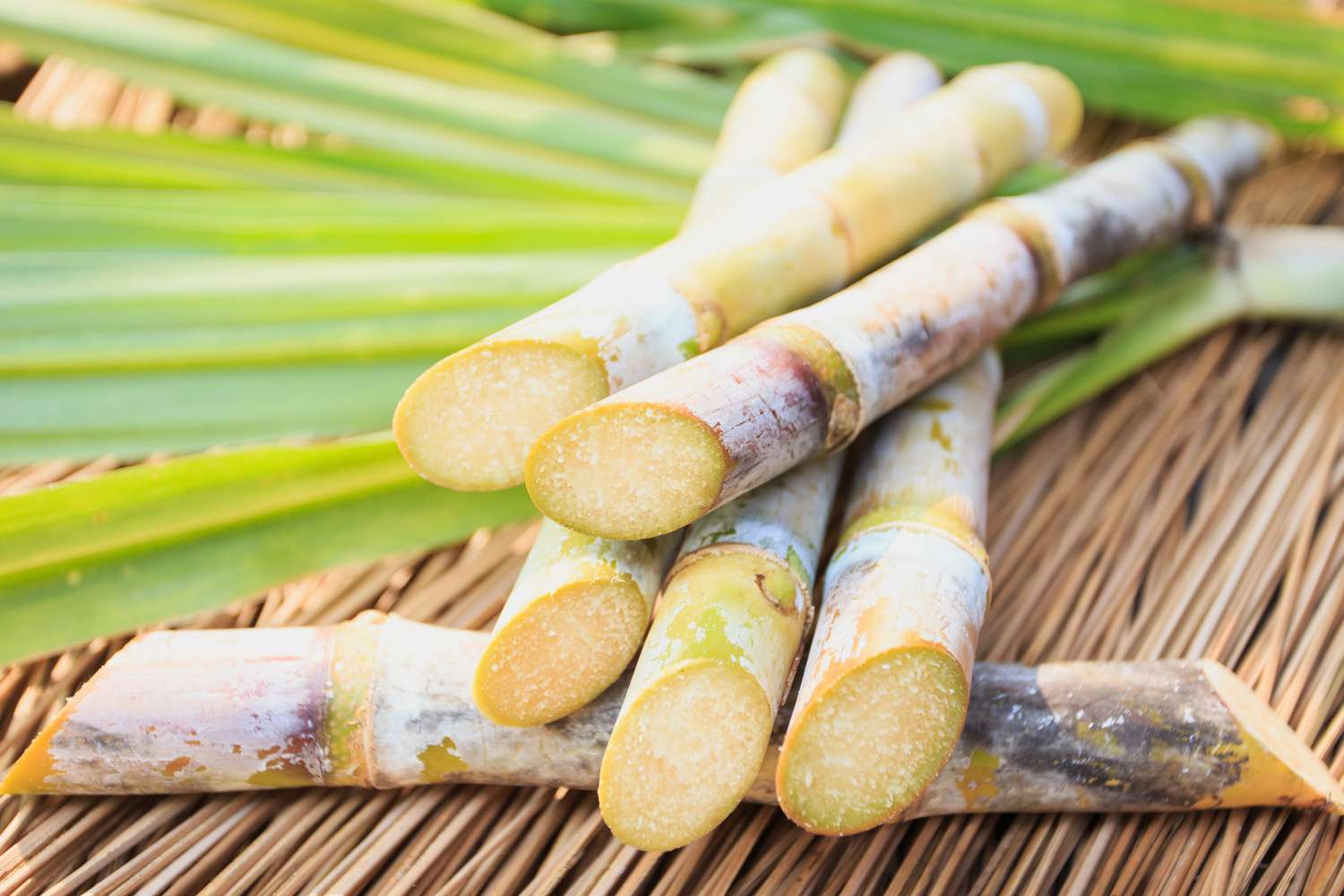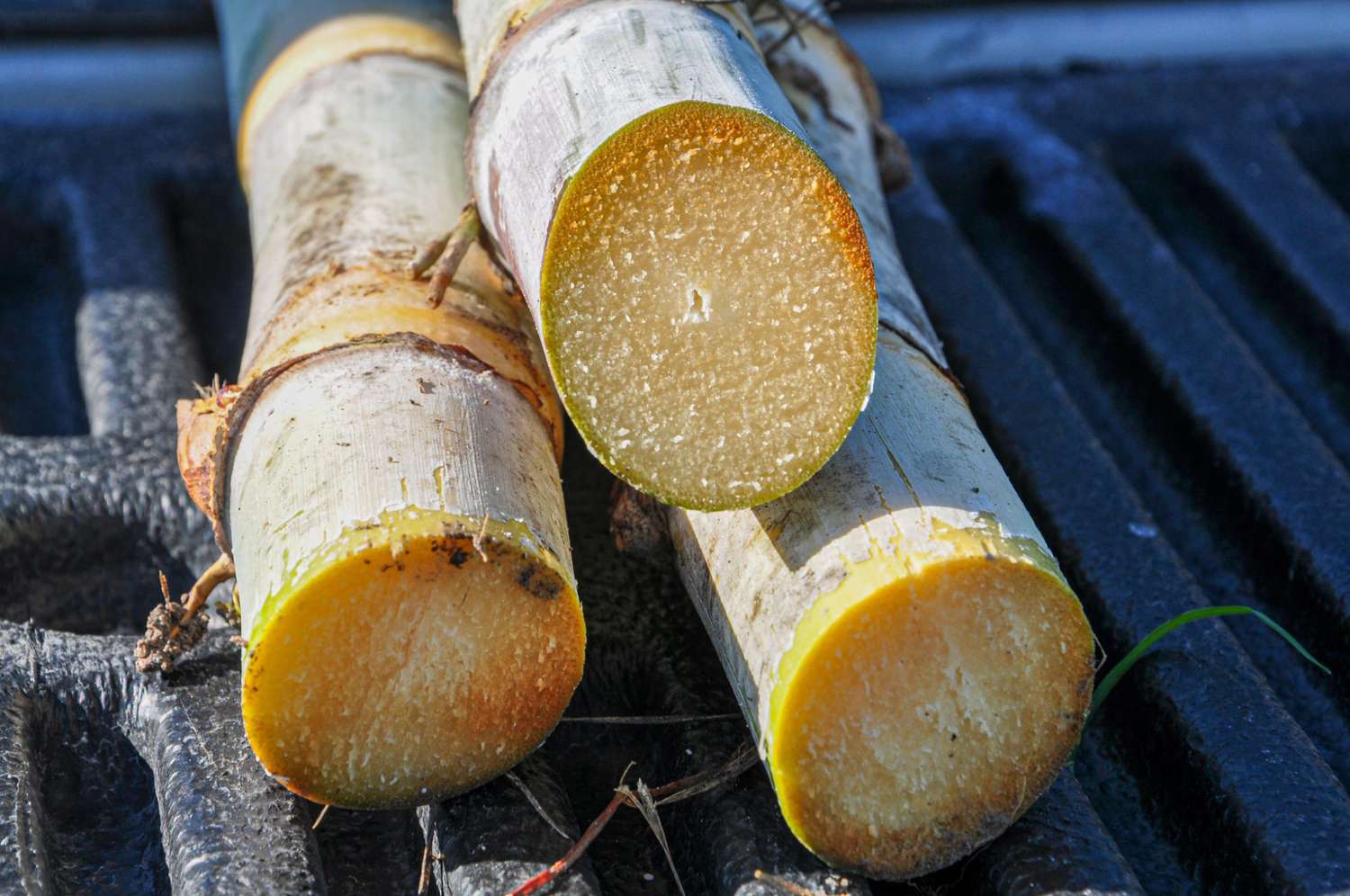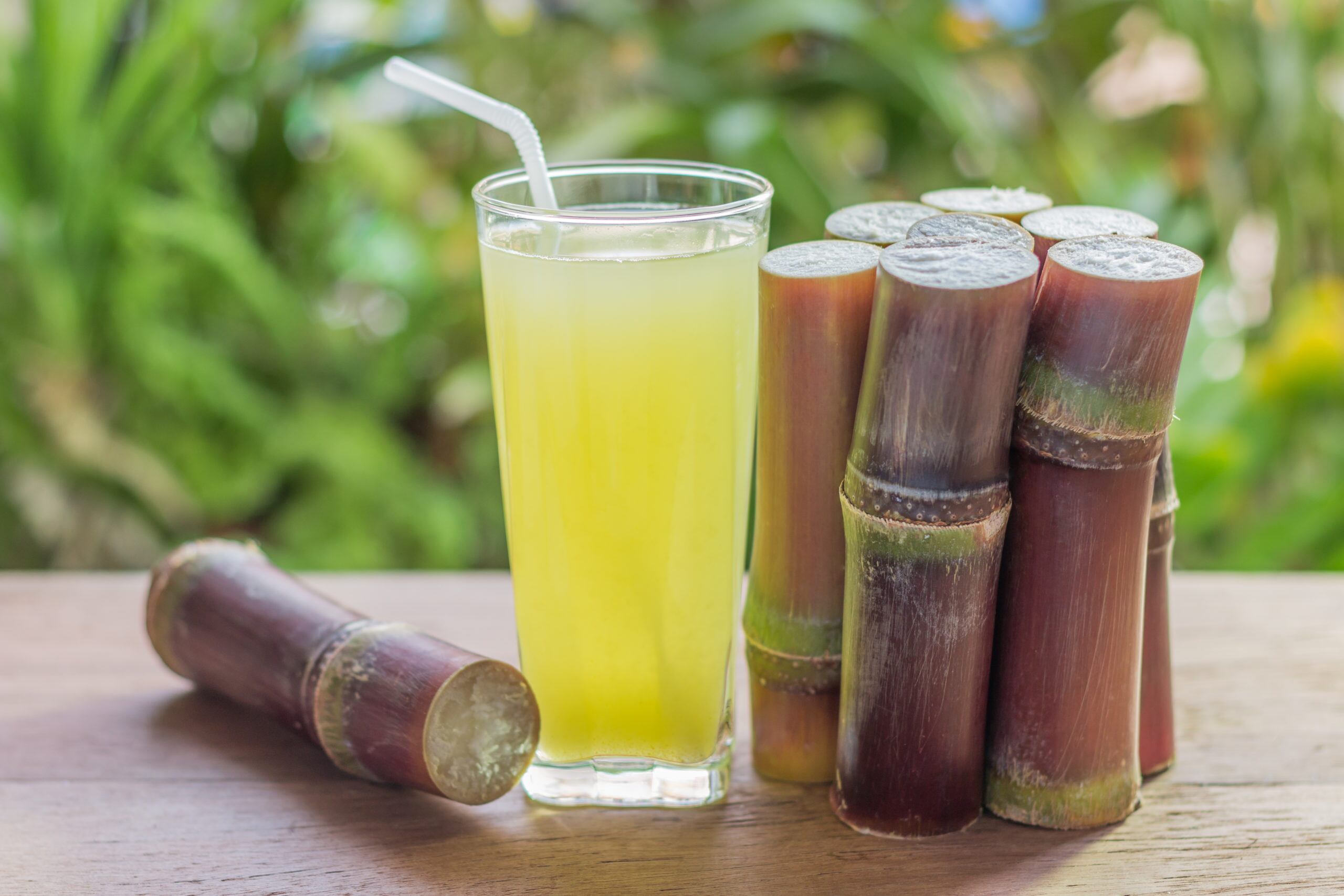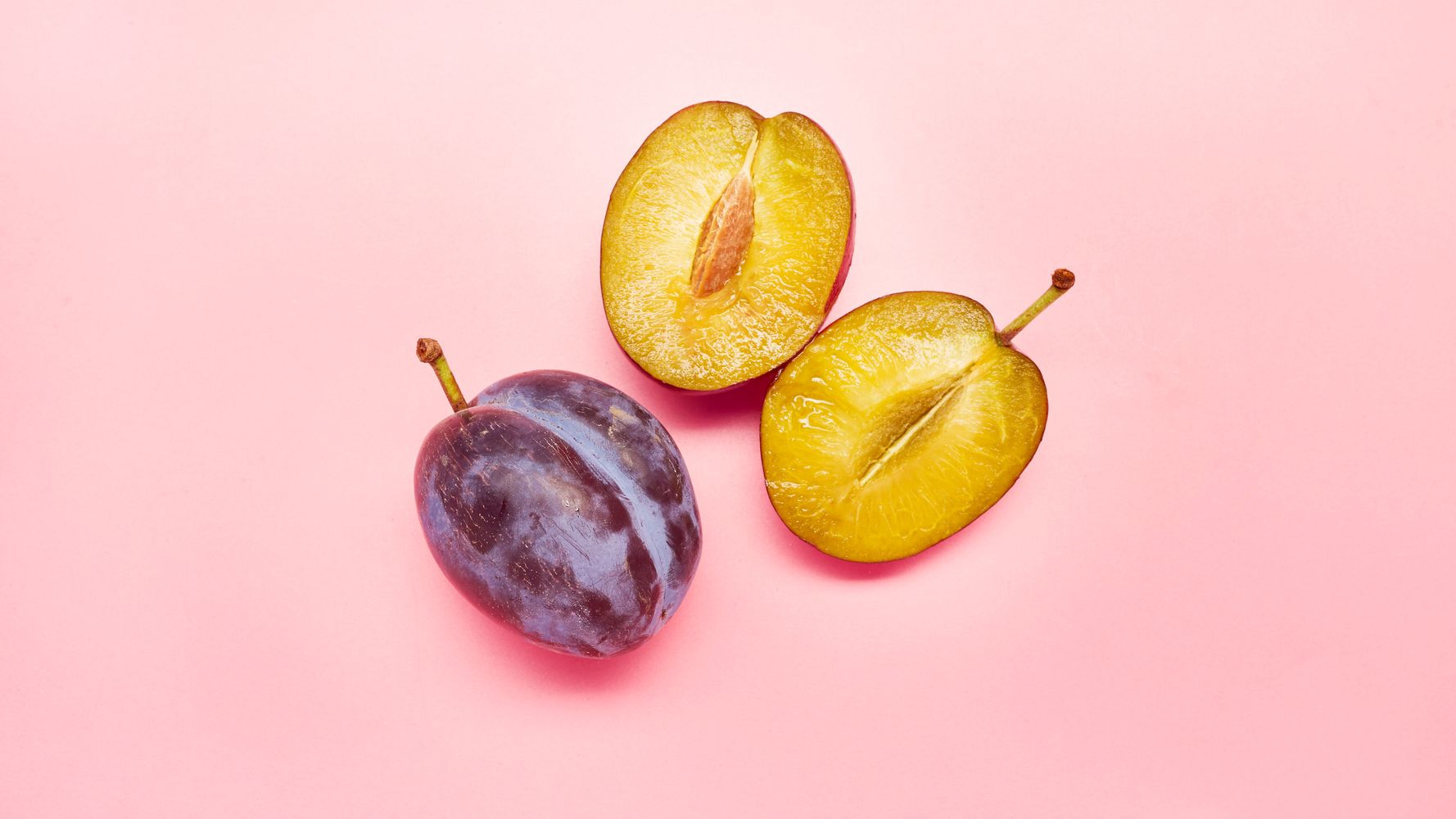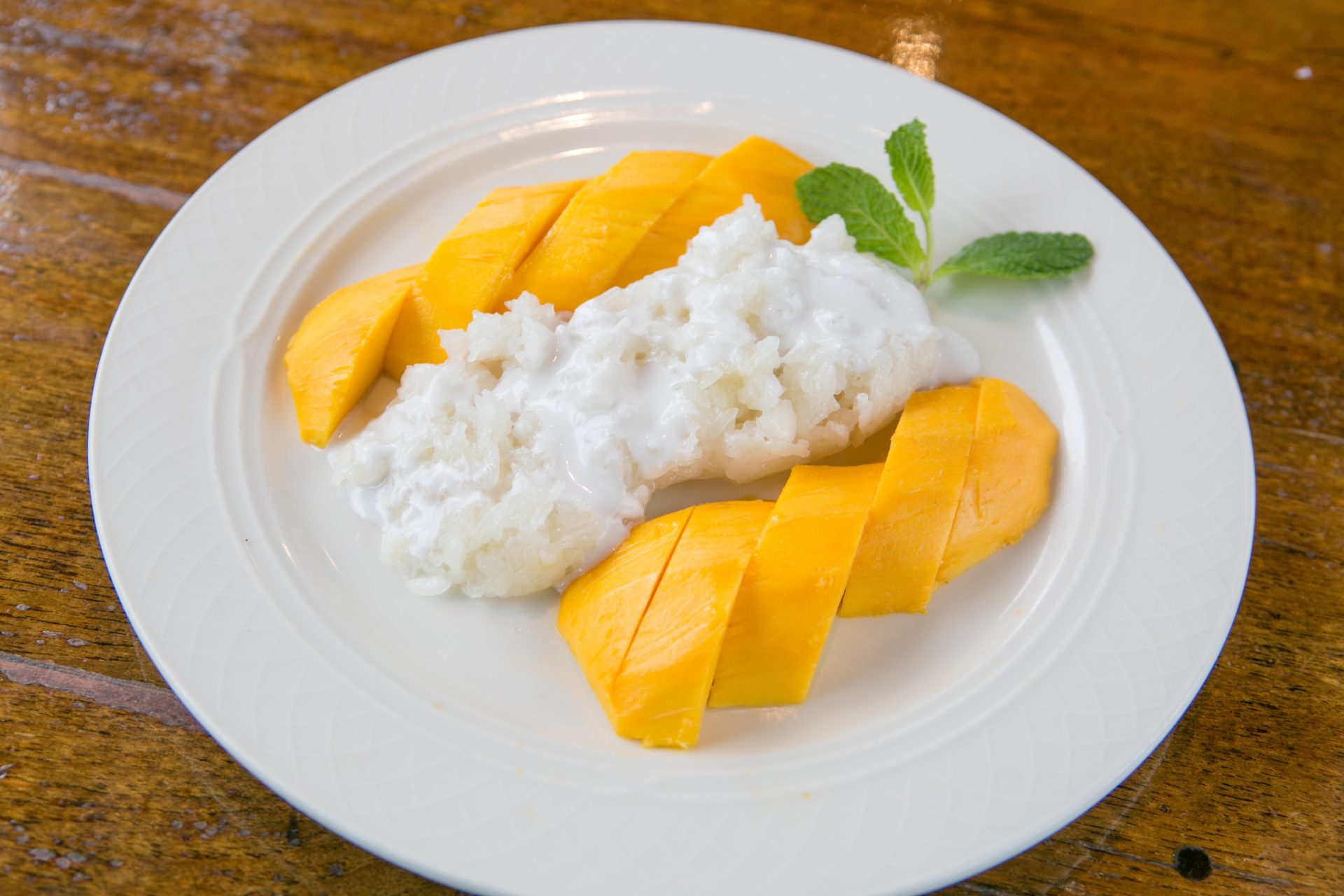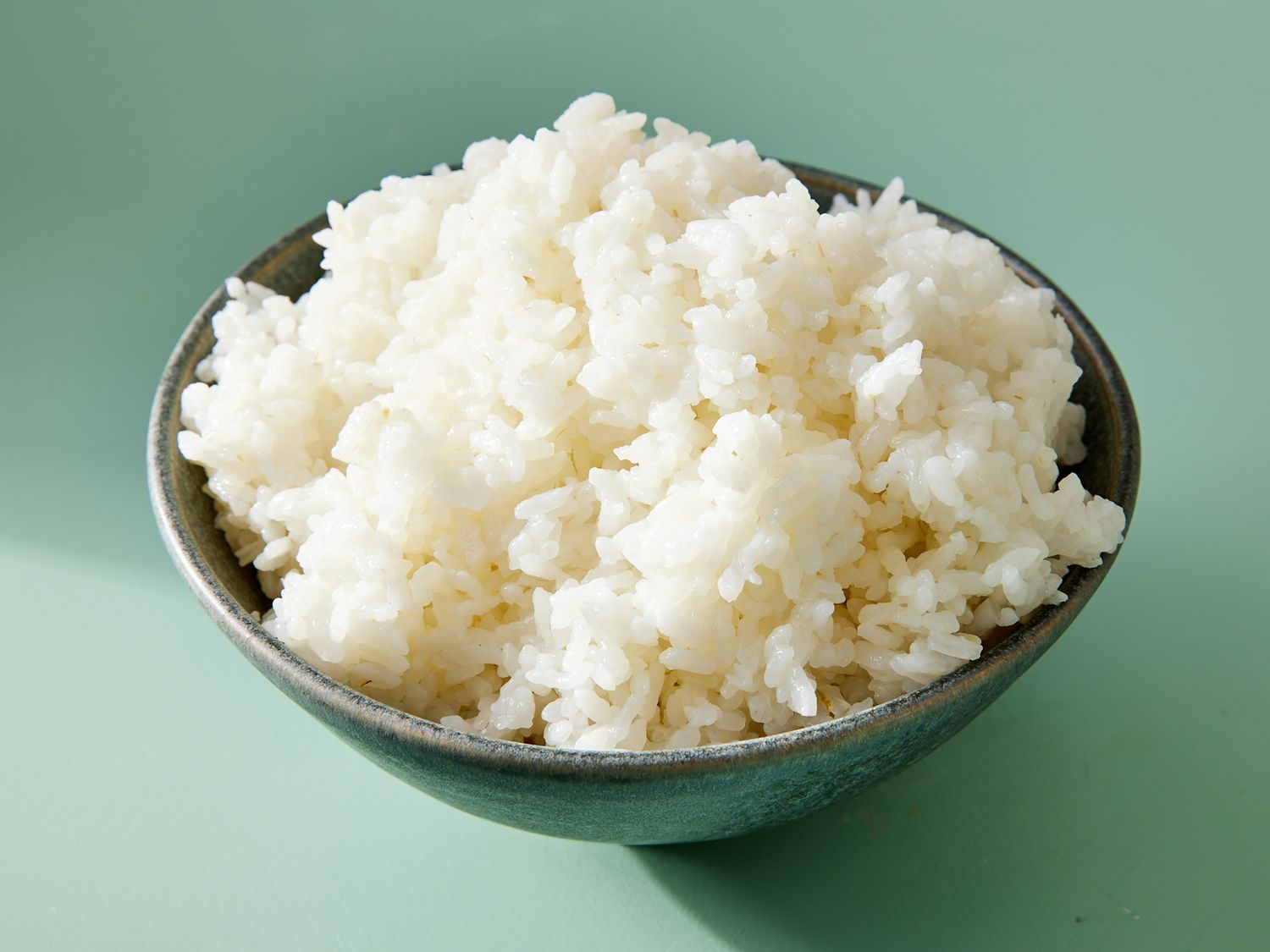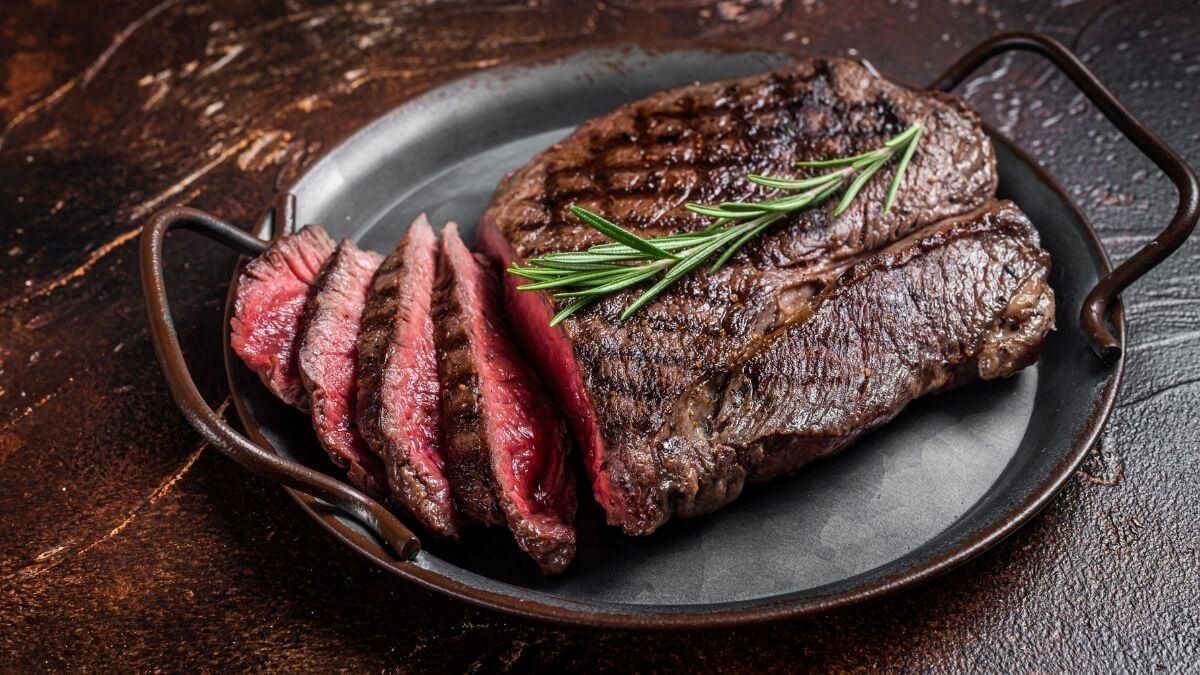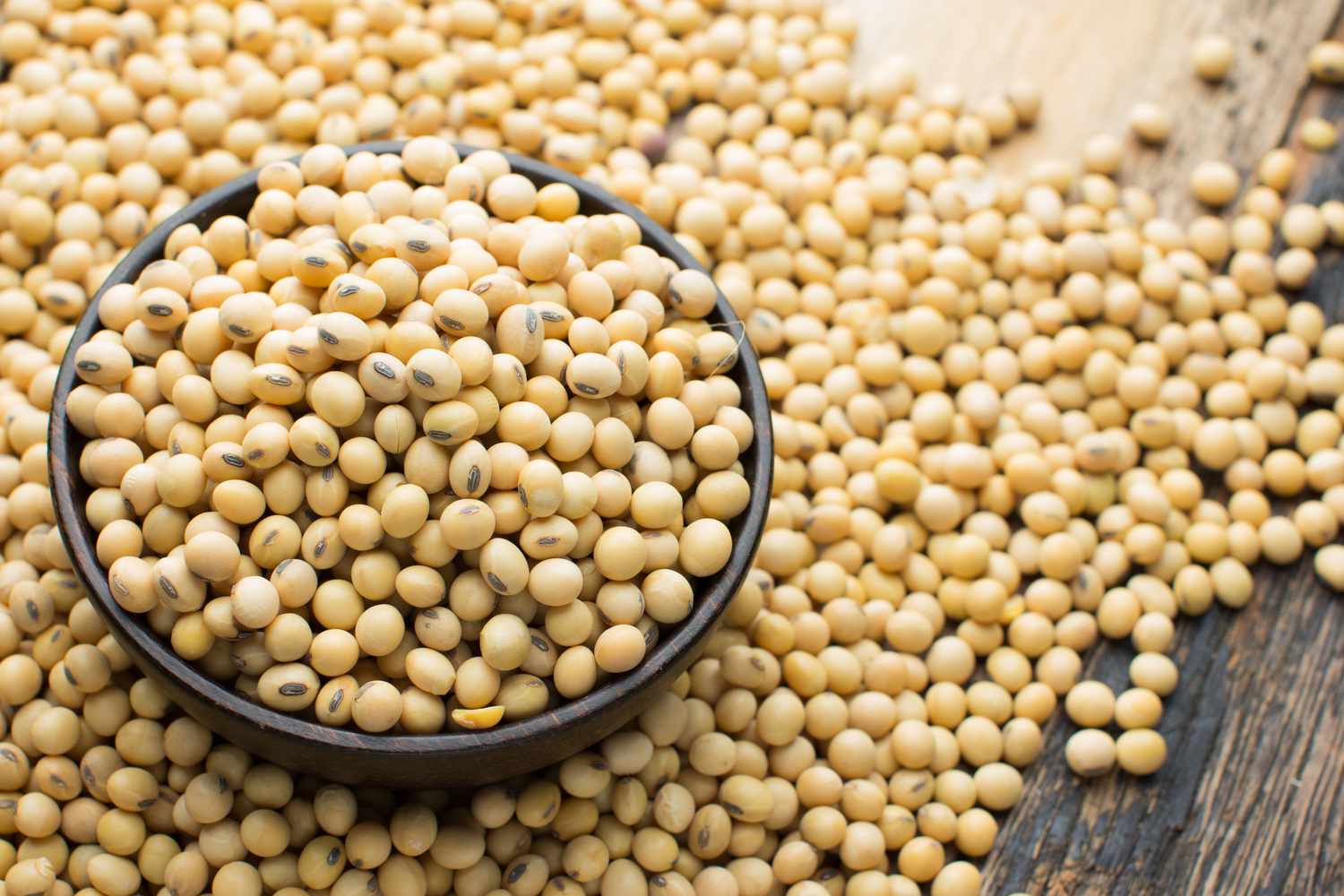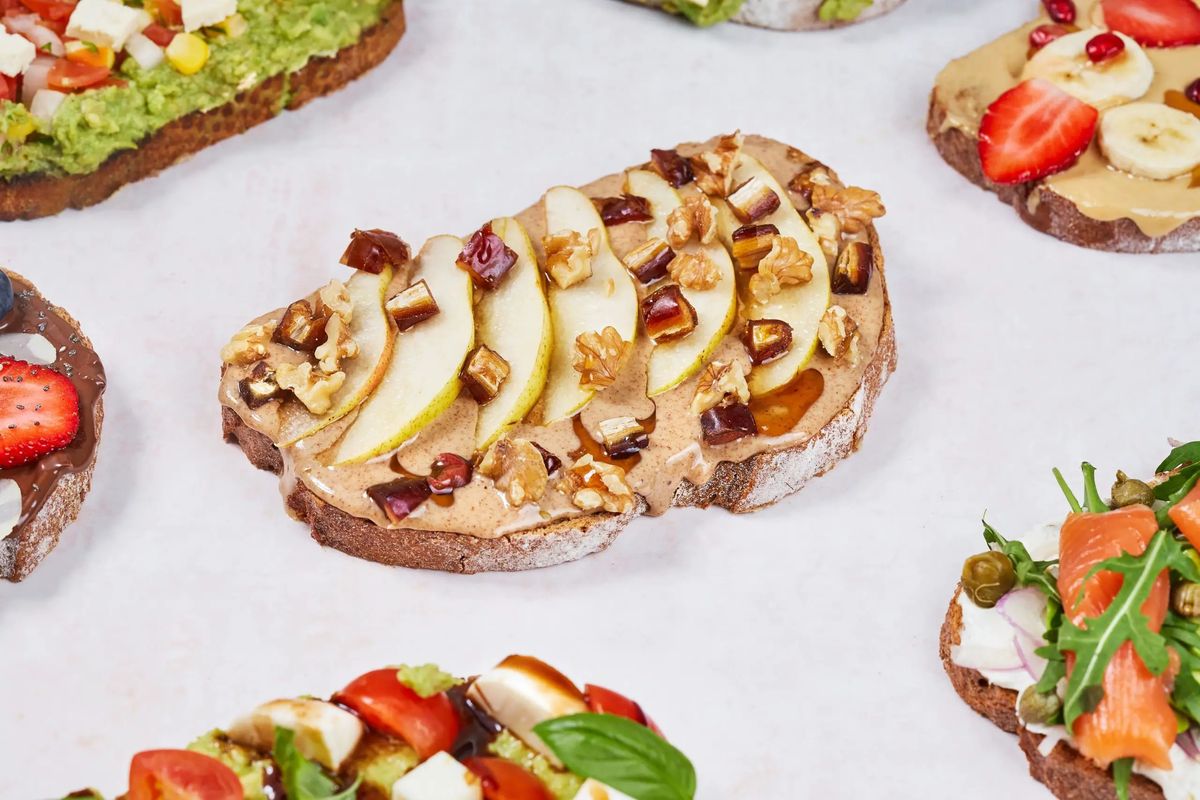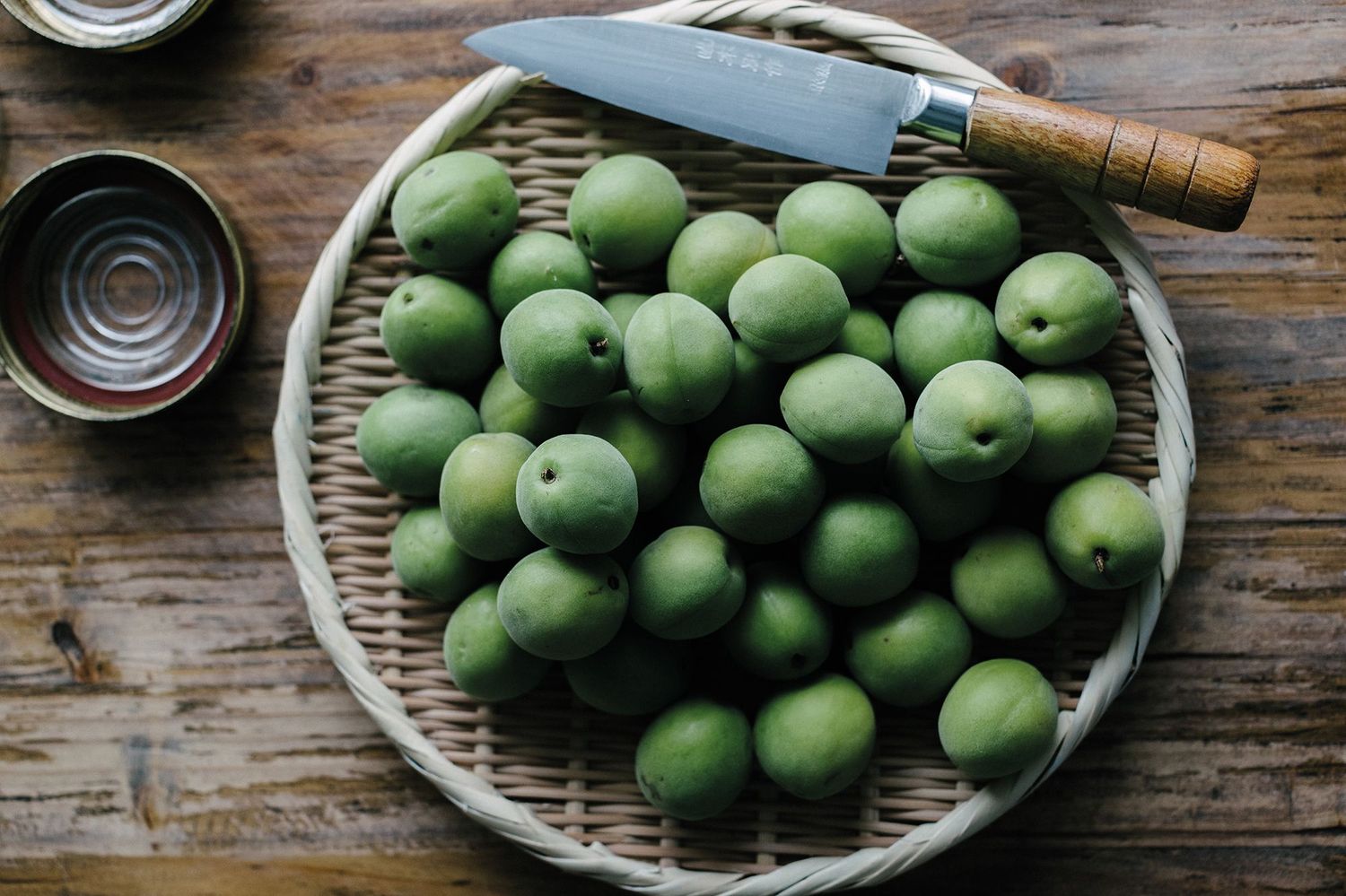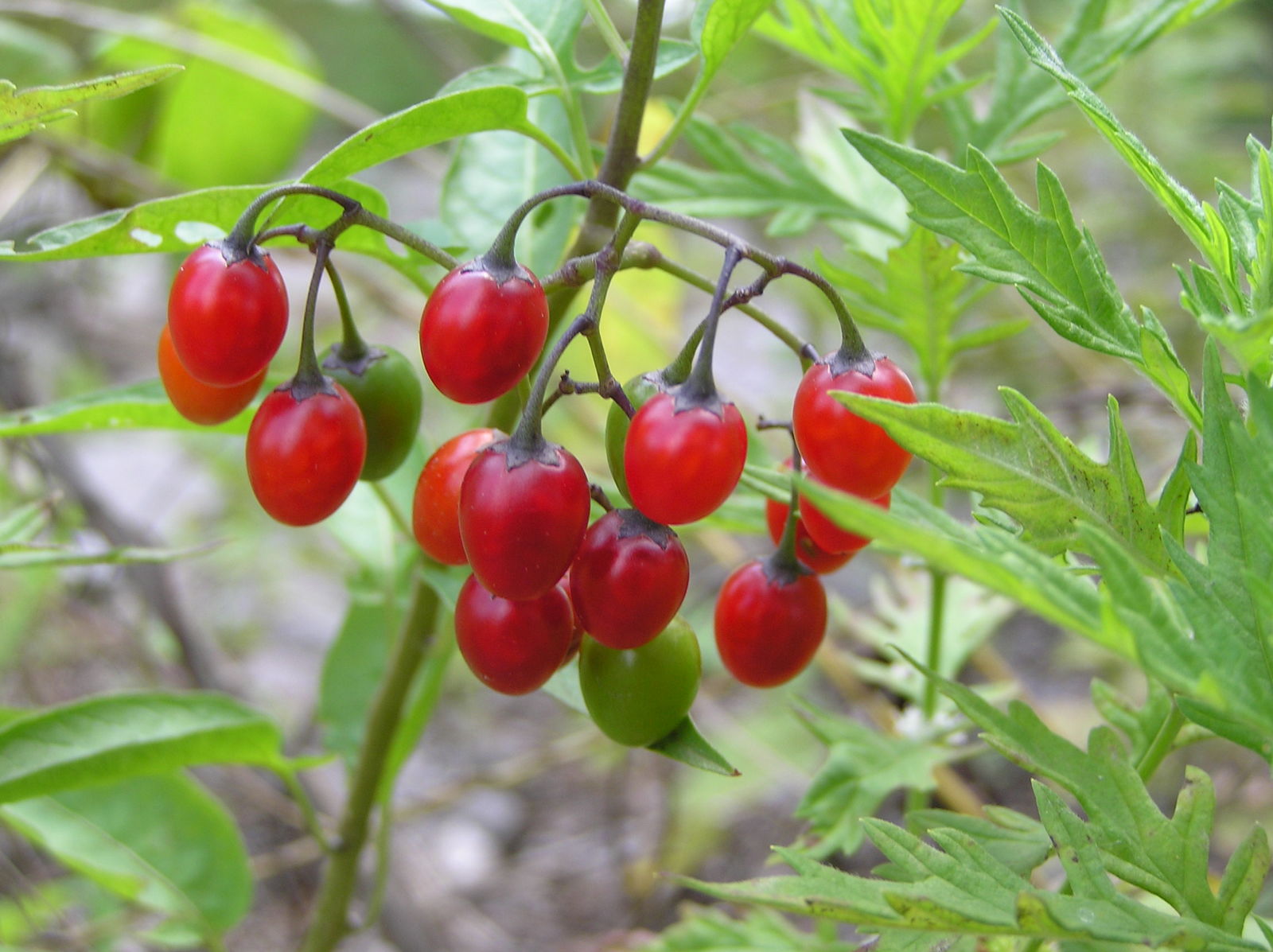How to Enjoy Sugar Cane: A Sweet and Juicy Treat
Sugar cane is a delicious and refreshing treat that is enjoyed in many parts of the world. If you’ve never tried it before, you might be wondering how to eat sugar cane. Don’t worry, we’ve got you covered! In this guide, we’ll show you the best way to enjoy this sweet and juicy snack.
Choosing the Perfect Sugar Cane
When selecting sugar cane, look for stalks that are firm, heavy, and free from any mold or soft spots. The skin should be smooth and the color should be a vibrant green or yellow. Avoid any stalks that appear dry or shriveled.
Preparing Sugar Cane for Eating
Before you can enjoy sugar cane, you’ll need to prepare it for eating. Follow these simple steps to get your sugar cane ready:
- Use a sharp knife to cut off the ends of the sugar cane.
- Stand the sugar cane upright and carefully use the knife to peel away the tough outer layer.
- Once the outer layer is removed, cut the sugar cane into smaller, more manageable pieces.
How to Eat Sugar Cane
Now that your sugar cane is prepared, it’s time to enjoy it! Follow these steps to eat sugar cane:
- Hold a piece of sugar cane in one hand.
- Use your other hand to gently bite down on the sugar cane, using your teeth to scrape away the juicy flesh.
- Continue to chew and suck on the sugar cane to extract all of the sweet, flavorful juice.
- Once you’ve extracted all of the juice, discard the remaining fibrous pulp.
Tips for Enjoying Sugar Cane
Here are a few tips to enhance your sugar cane-eating experience:
- Chill the sugar cane in the refrigerator before eating for a refreshing treat on a hot day.
- Pair sugar cane with a sprinkle of salt, chili powder, or lime juice for a flavor boost.
- Be mindful of the tough fibers in the sugar cane and chew carefully to avoid any discomfort.
Health Benefits of Sugar Cane
In addition to being a tasty snack, sugar cane offers several health benefits. It is a good source of natural sugars, including sucrose, glucose, and fructose. It also contains vitamins and minerals, such as vitamin C, calcium, and potassium. Just be mindful of the high sugar content and enjoy sugar cane in moderation as part of a balanced diet.
Conclusion
Now that you know how to eat sugar cane, it’s time to give this sweet and juicy treat a try. Whether you enjoy it on its own or incorporate it into your favorite recipes, sugar cane is a delightful addition to any culinary adventure. So, grab a stalk of sugar cane, follow our tips, and savor the natural sweetness of this tropical delight!
